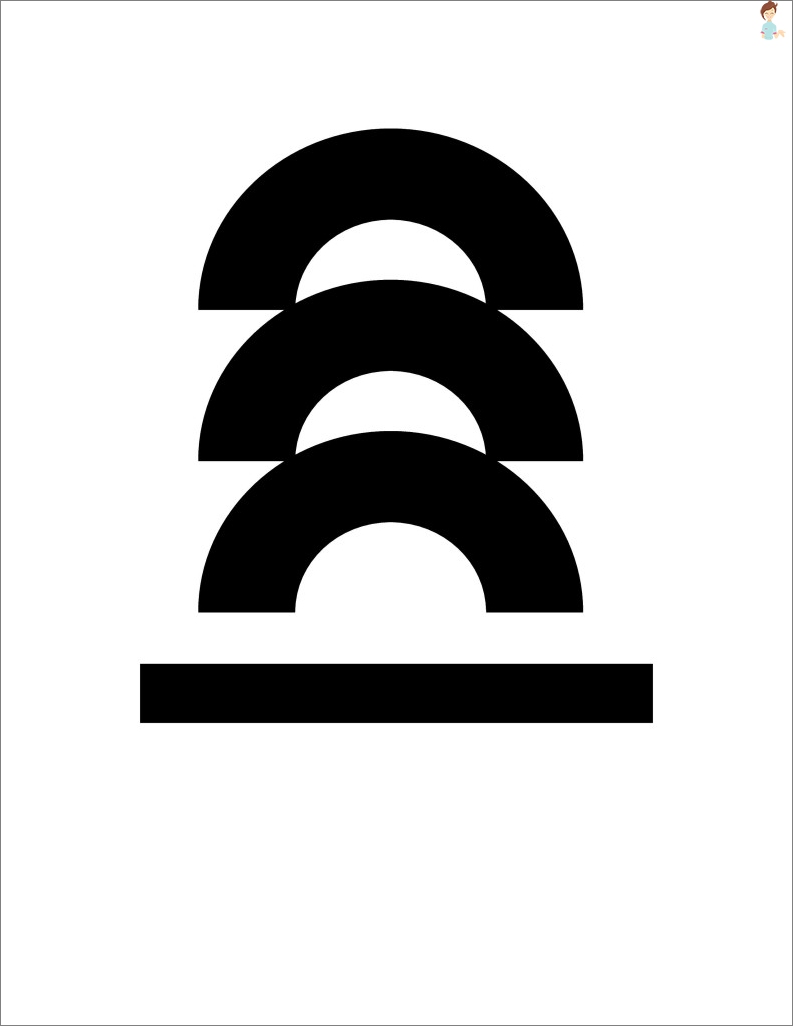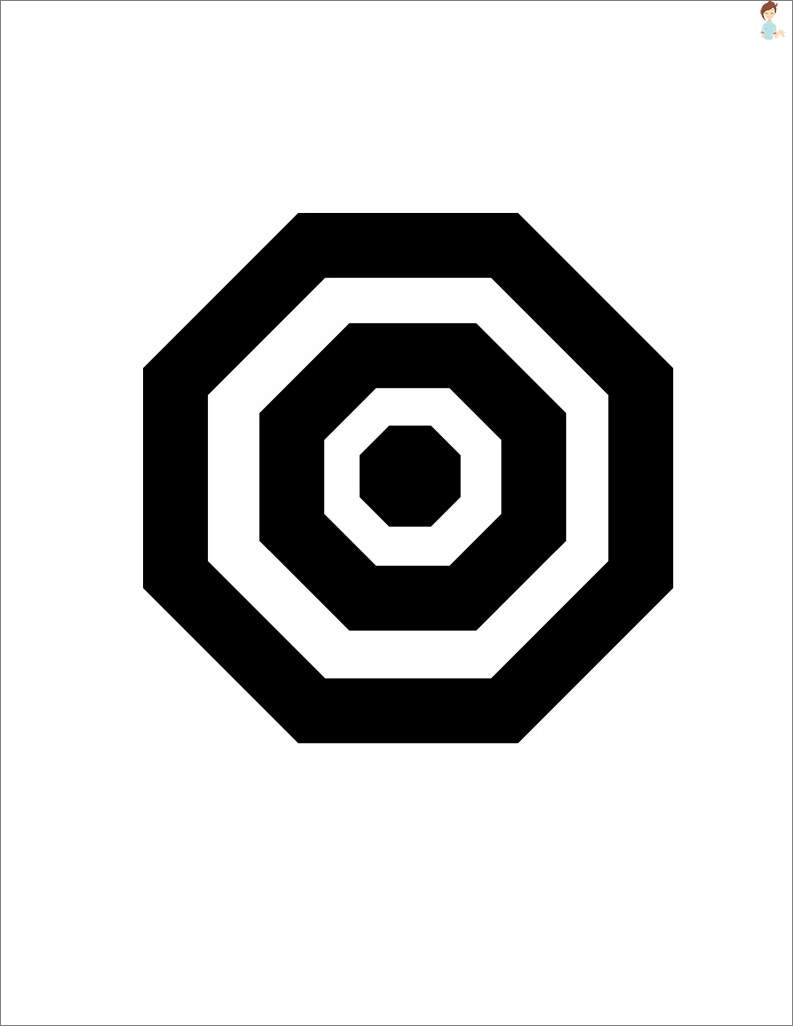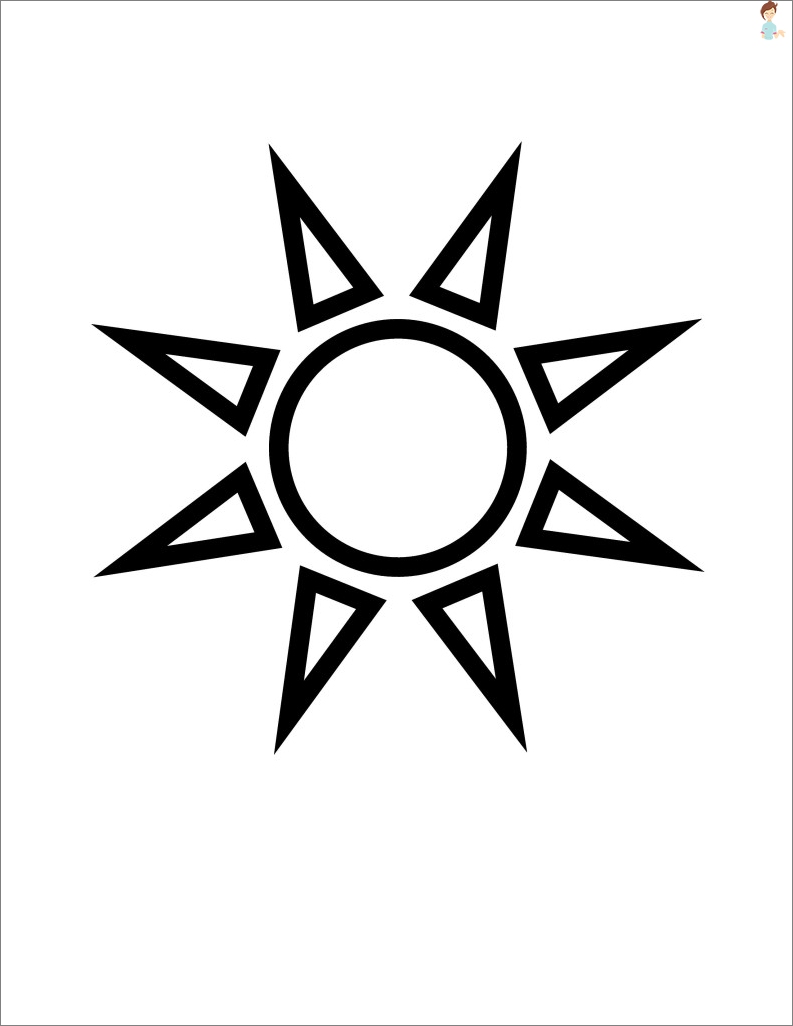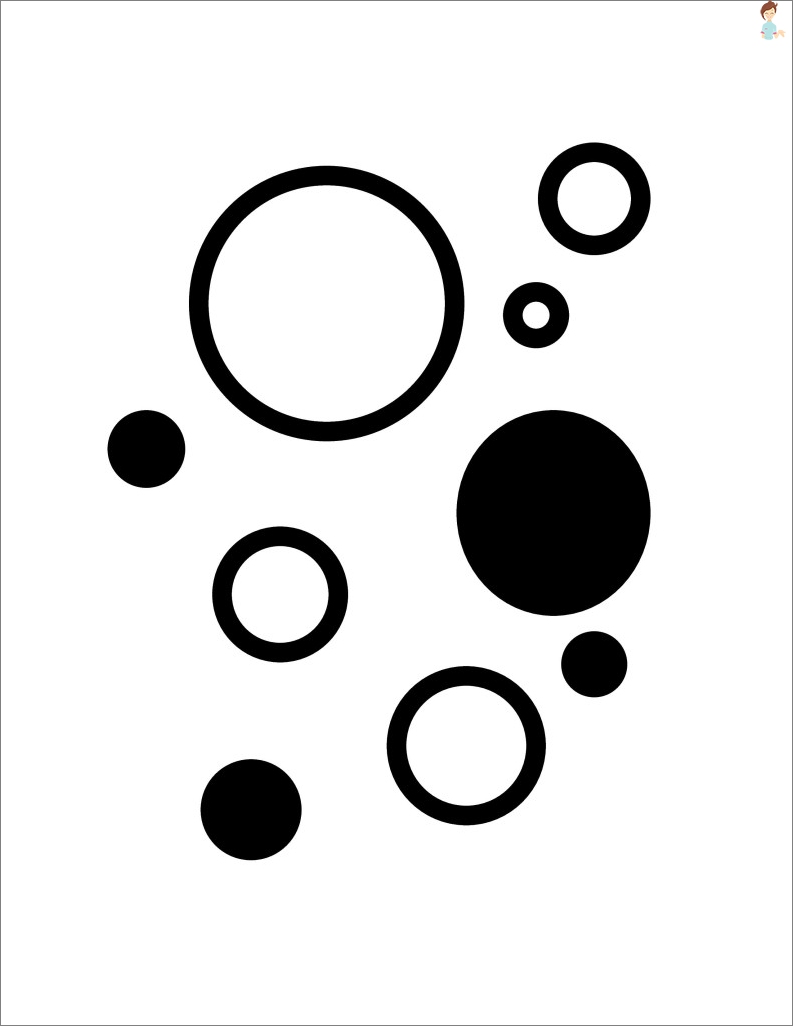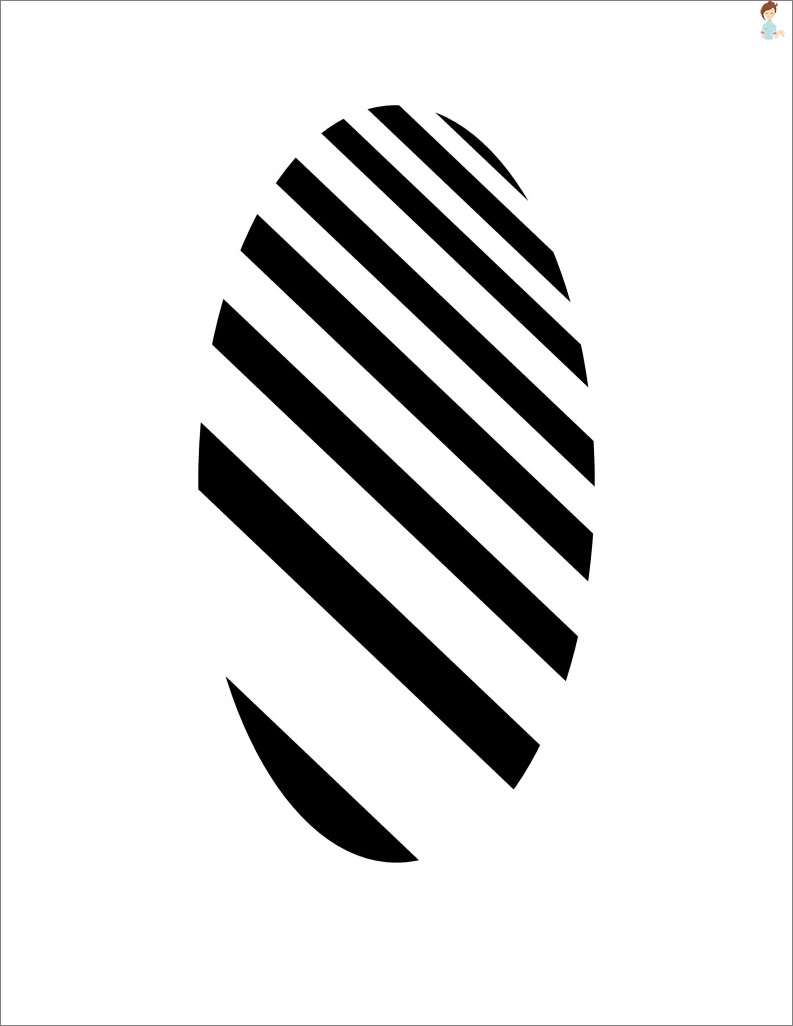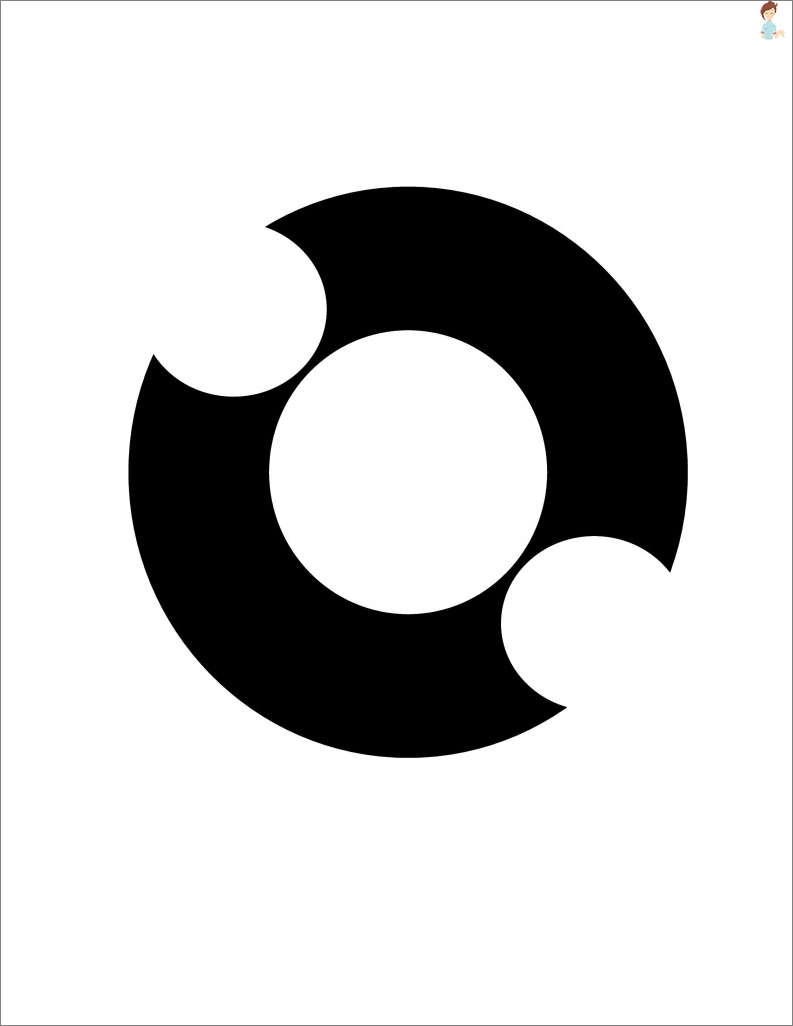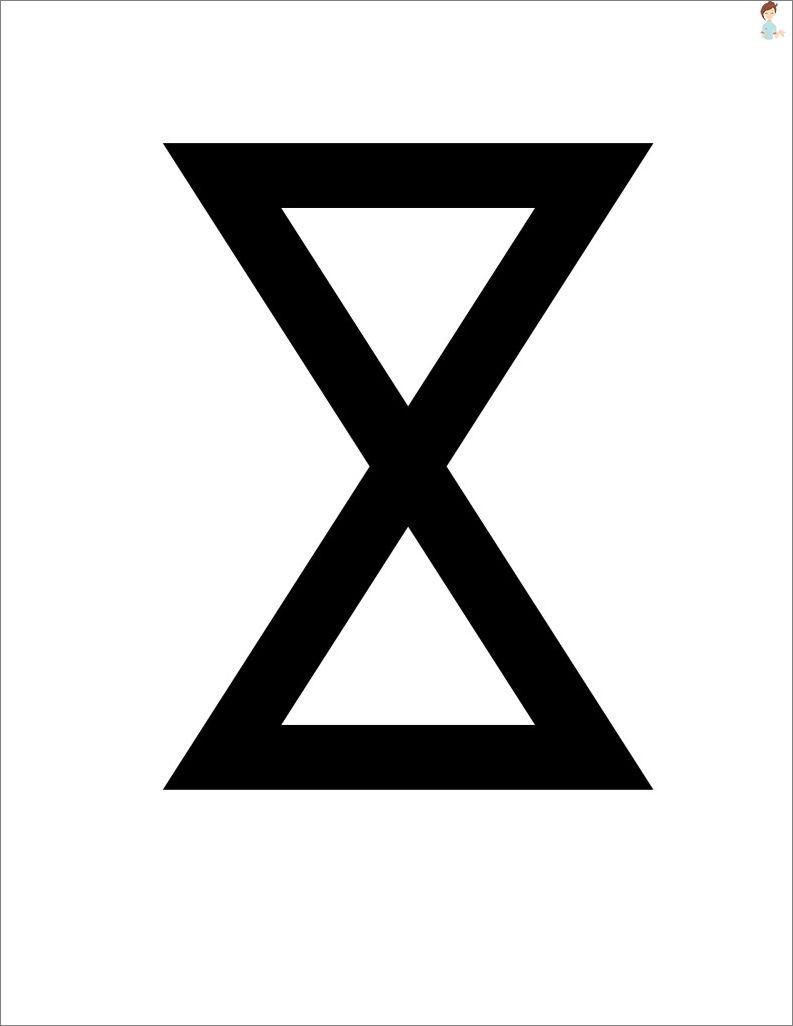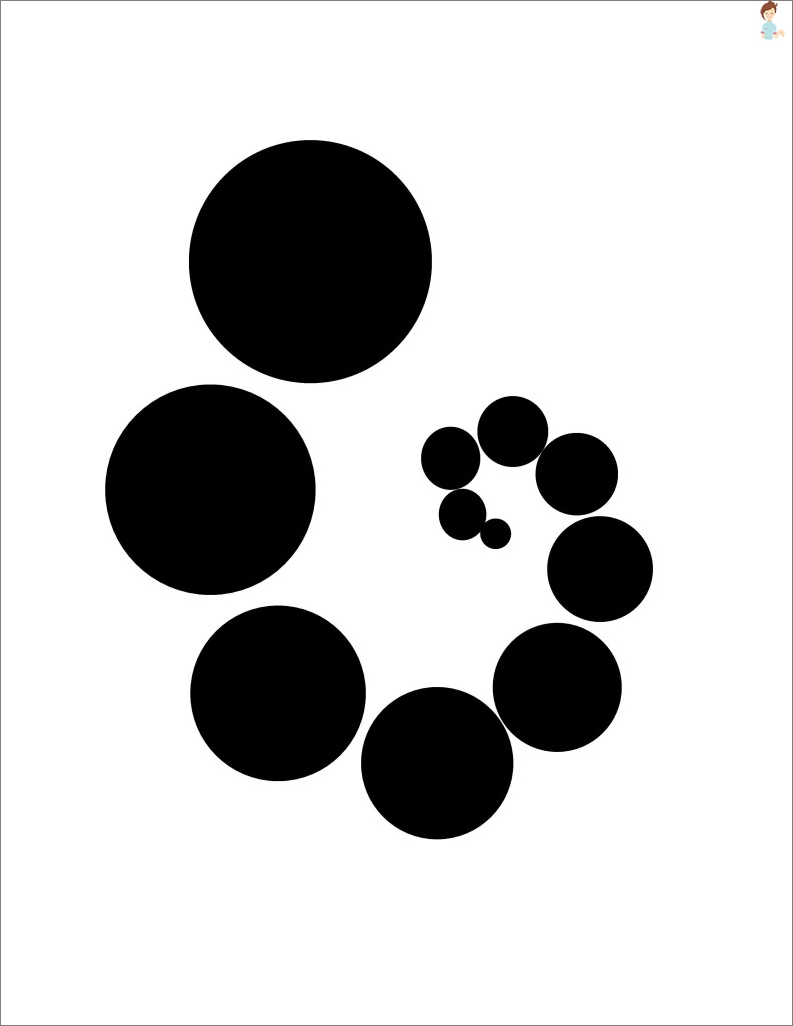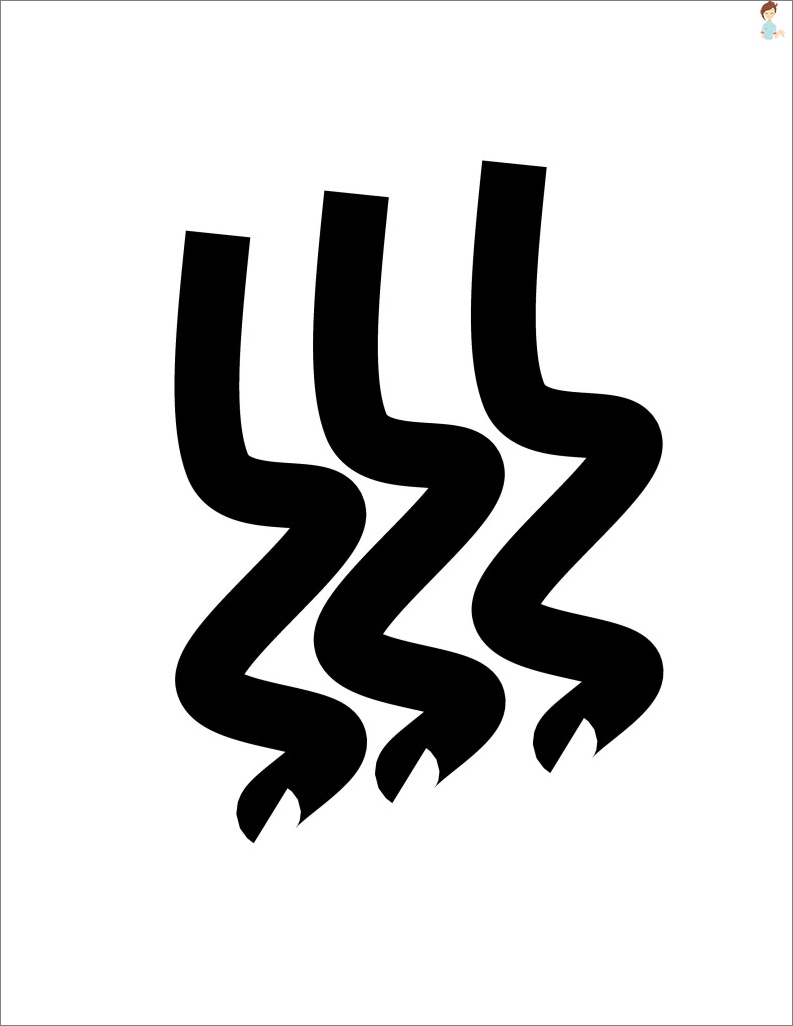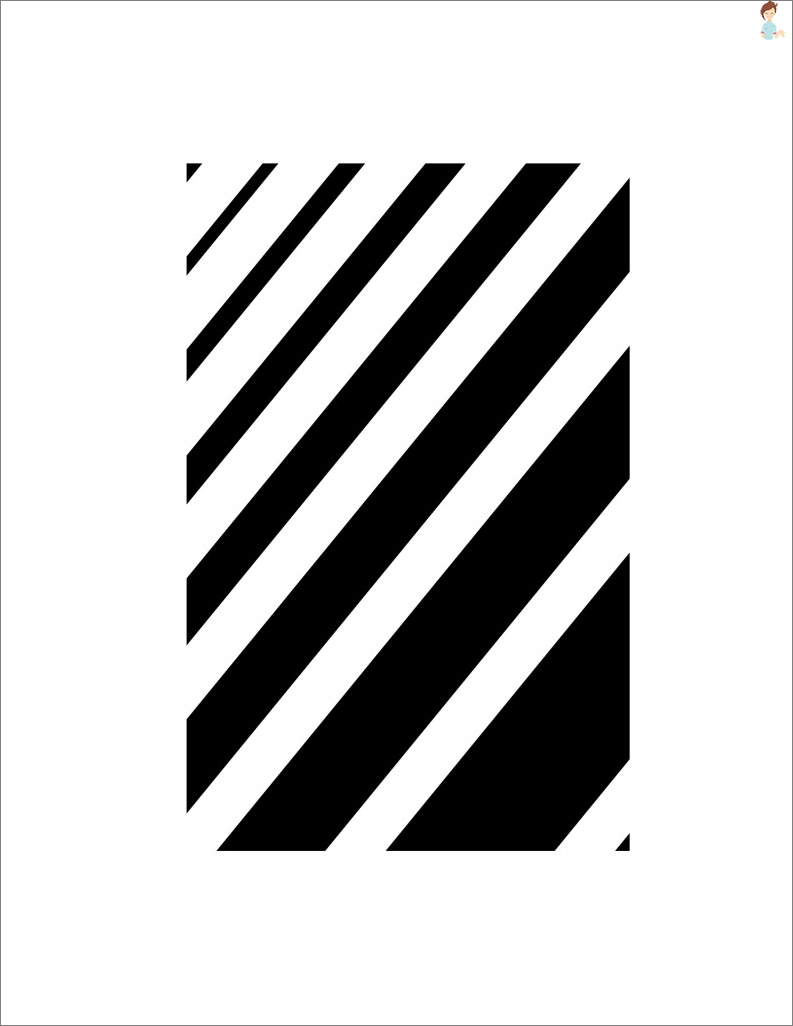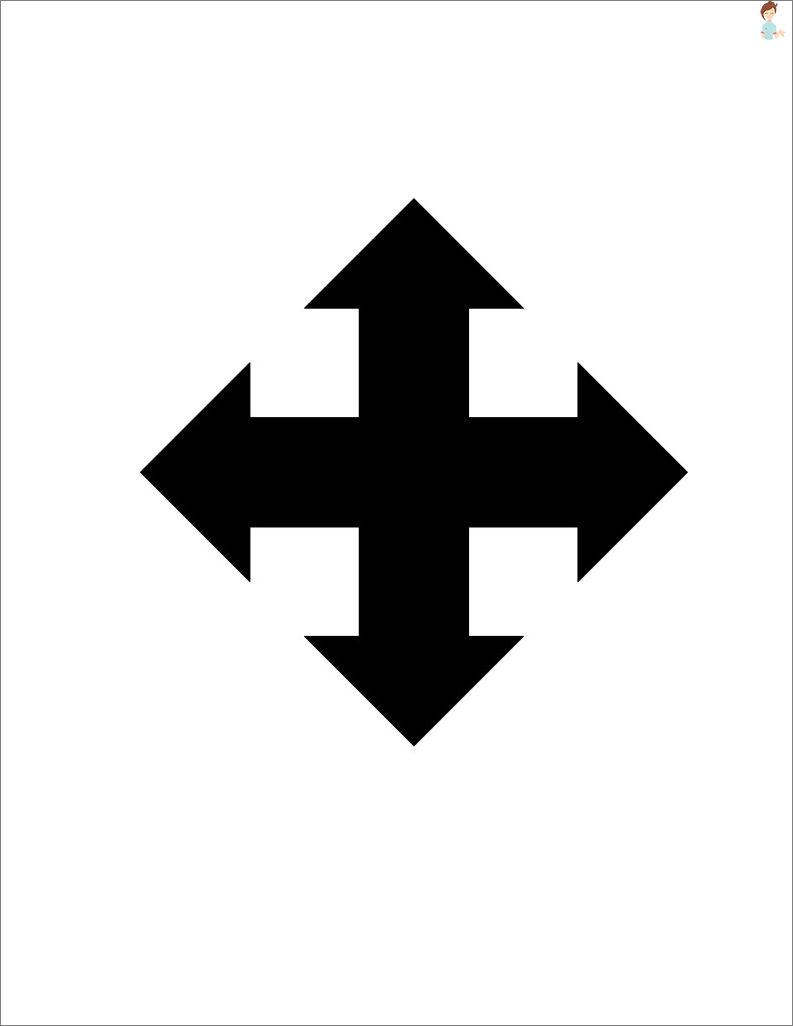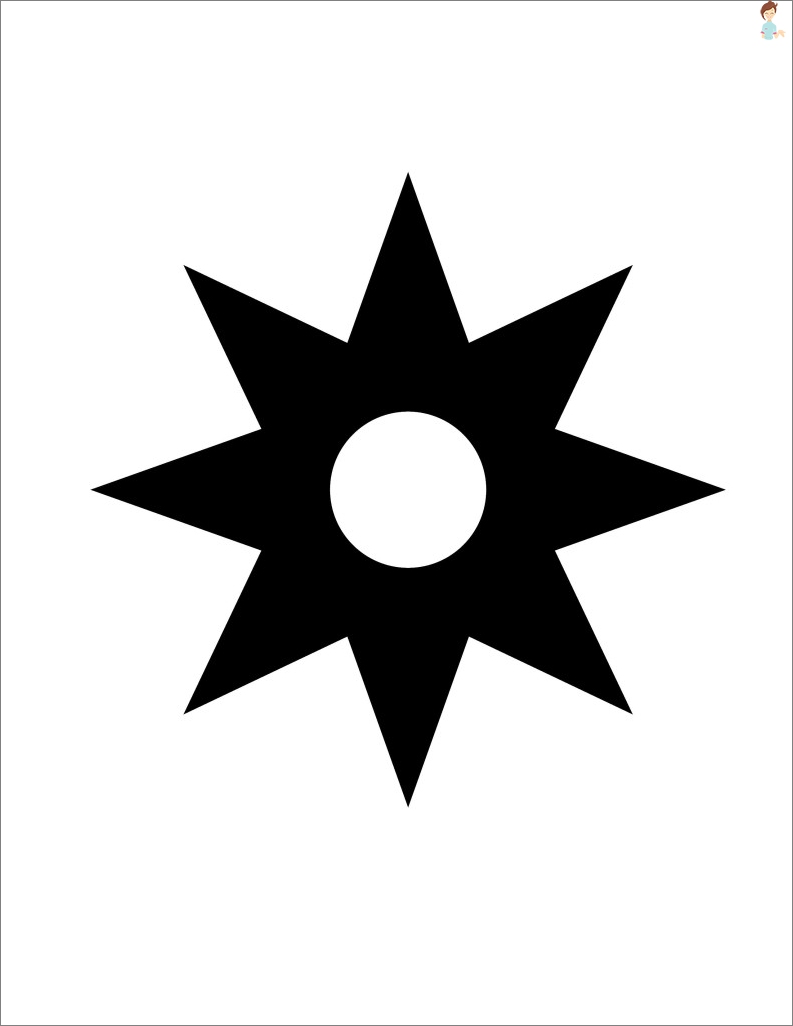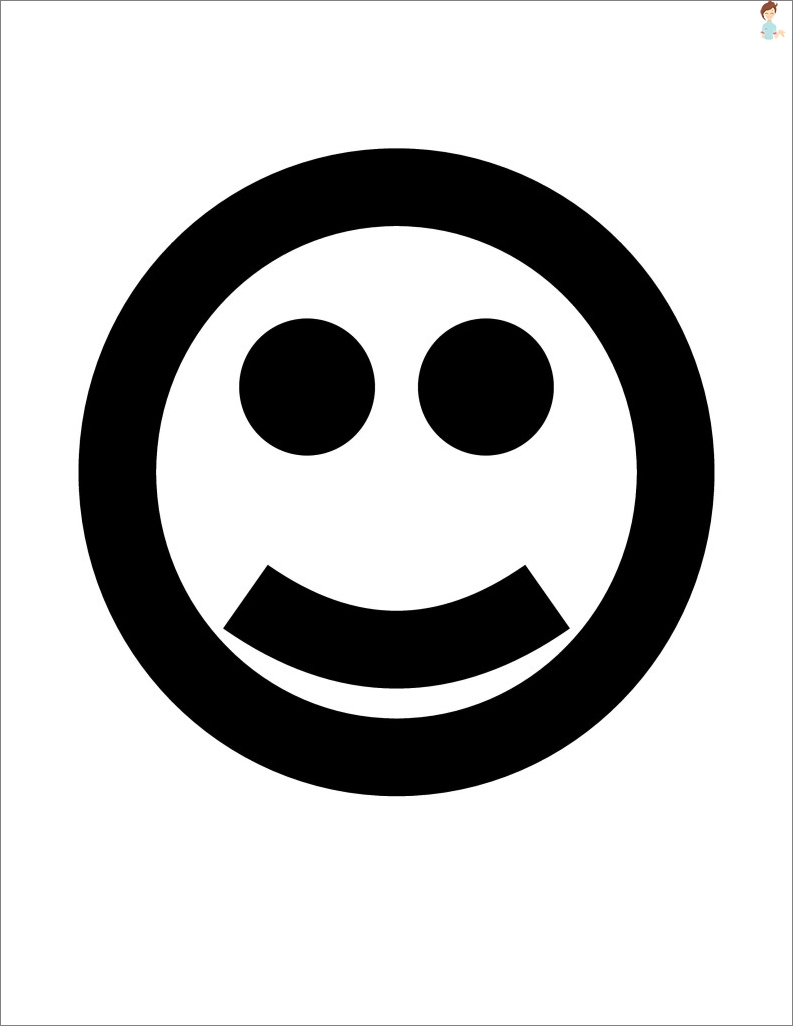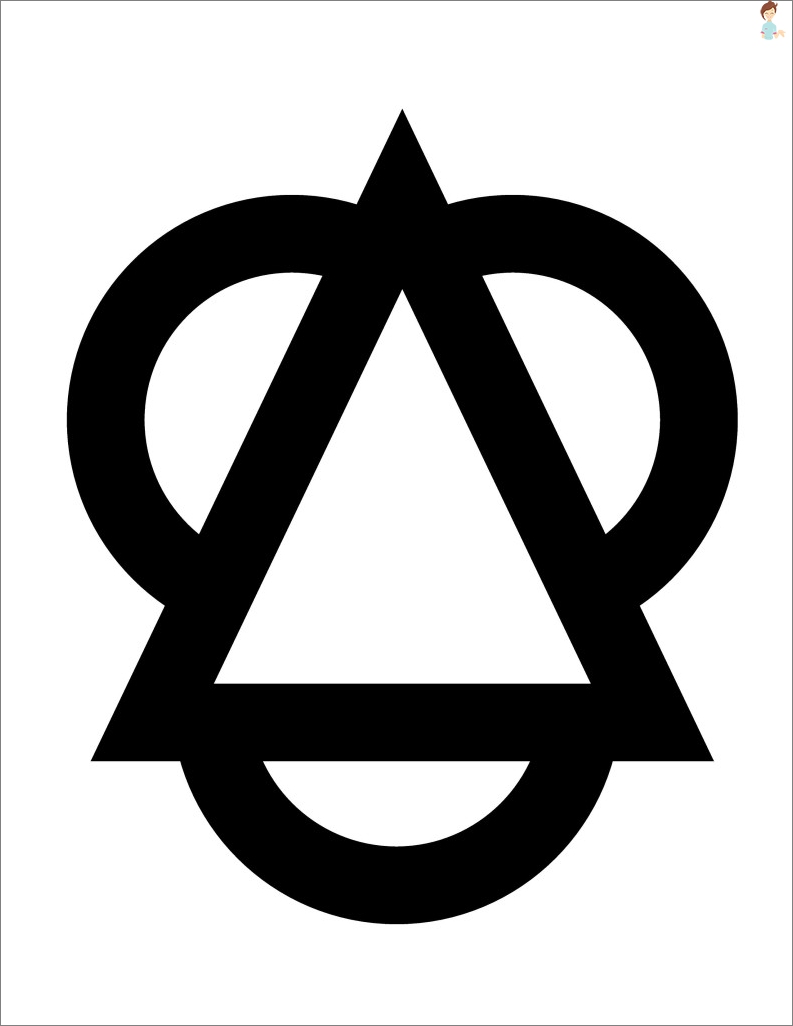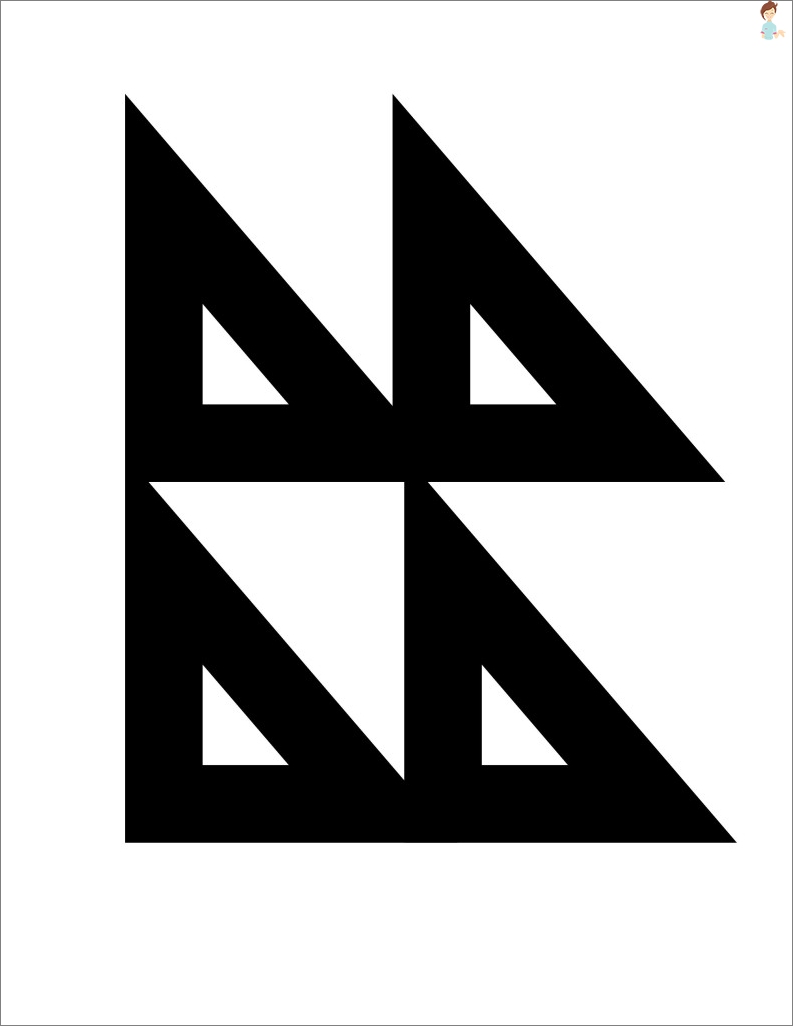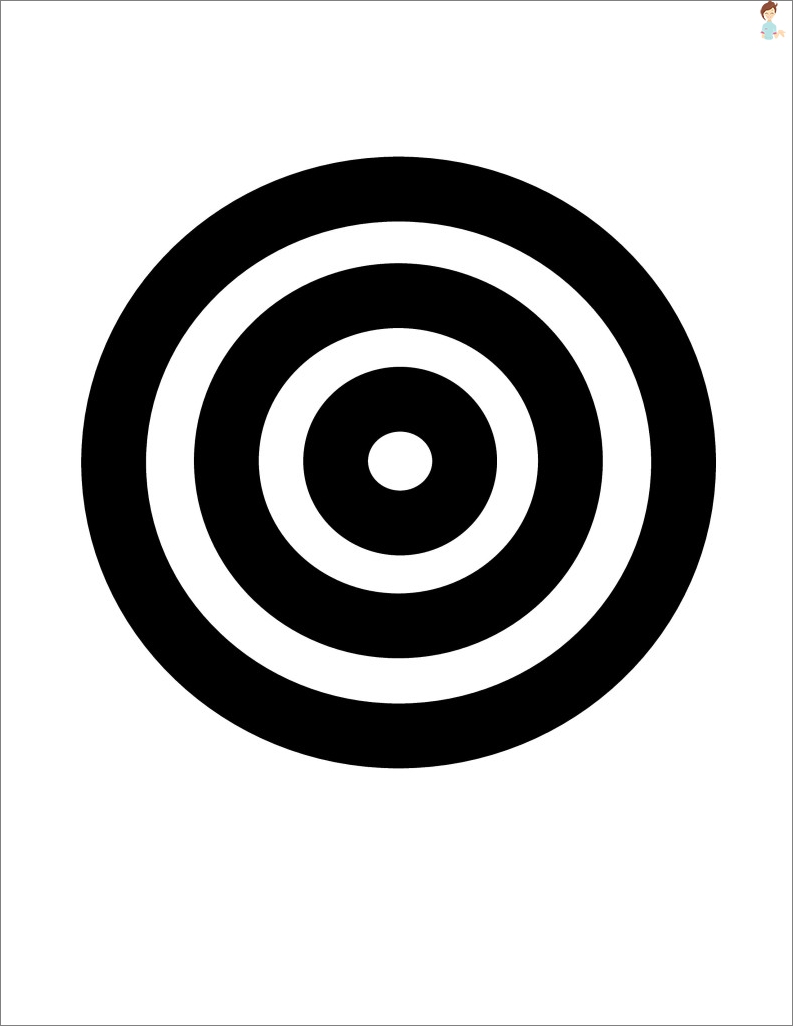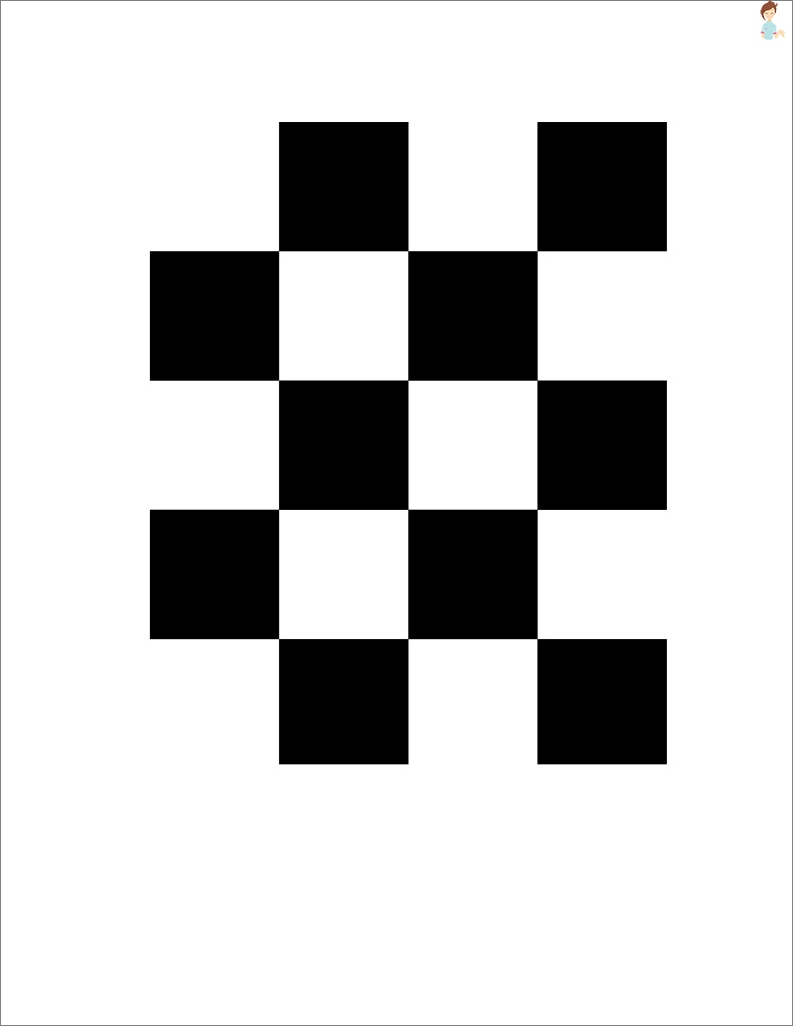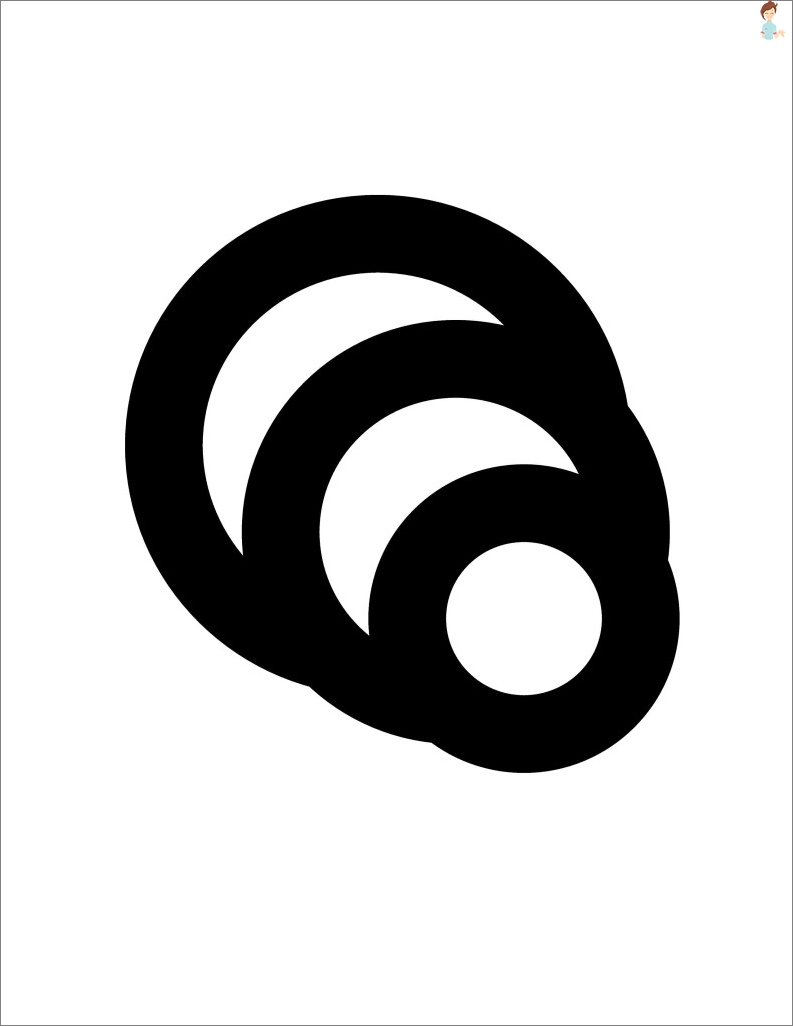Black and white pictures for newborns – the first educational toys of your baby
What pictures for the development of kids can be used from birth? Read on Lady-Magazine.COM about the benefits of black and white pictures for newborns.
The formation of the human brain takes place in her mother’s belly. And the development of brain after birth promotes the emergence of new neural connections. And the visual perception in this important process is of great importance – the lion’s share of information enters the person through it.
See also: 25 best games for newborn children from 0 to 6 months.
One of the options for stimulating the visual perception for the development of the kid – Black and white pictures.
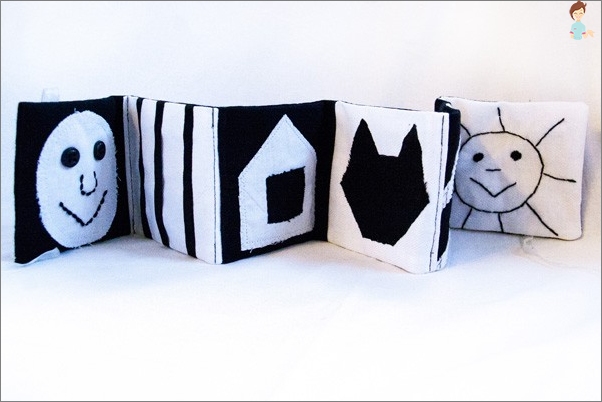
What pictures for newborns like the smallest – the use of pictures for the development of kids
See also: 10 Educational Games and Applications for iPad – For the Small Babes from 0 to 1 year.
Children – Increigable researchers who start learning the world, barely learned to keep their head and grab the Mother’s finger. The vision of the newborn is more modest possibilities than an adult – Croch items are able to clearly consider only at close range. Next, visual capabilities change according to age. And already with them – and interest in one way or another pictures.
See also: The best toys for a newborn baby – how and what to play with newborns?
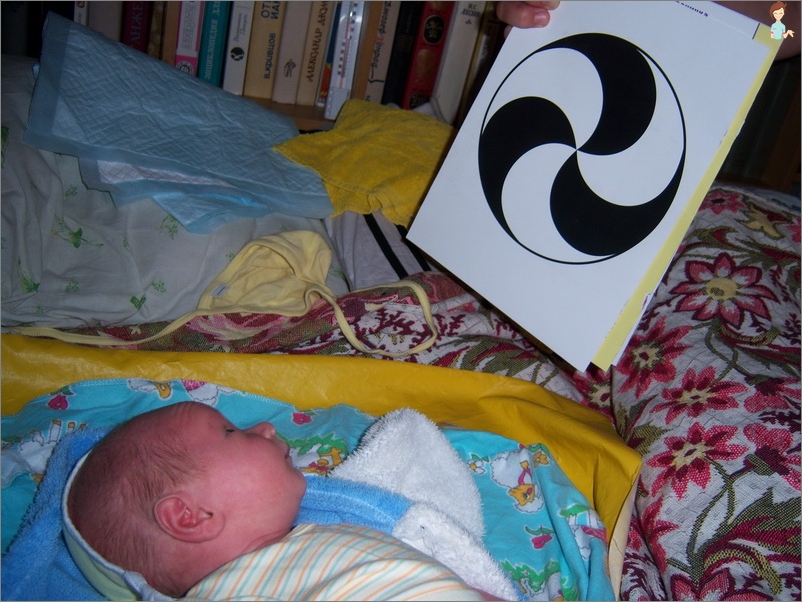
- In 2 weeks «from rope» Kroch is already able to find out the face of mom (dad), but thin lines consider it is still difficult, as and distinguish colors. Therefore, at this age, the best option is pictures with broken and straight lines, simplified images of people, cells, simple geometry.
- 1.5-month Crumbus attract concentric circles (and more – the circumference itself than its center).
- 2-4 months. The eyesight of the crumbs change dramatically – he is already turning there, where the sound comes from, and follows the subject. For this age, pictures with 4 circles, crooked lines and more complex forms, animals (in a simple image) are suitable.
- 4 months. The baby is able to focus on the subject of any distance, distinguishes colors and watches the world around. Figure lines curves at this age are more preferred, but it is already quite possible to use complex drawings.
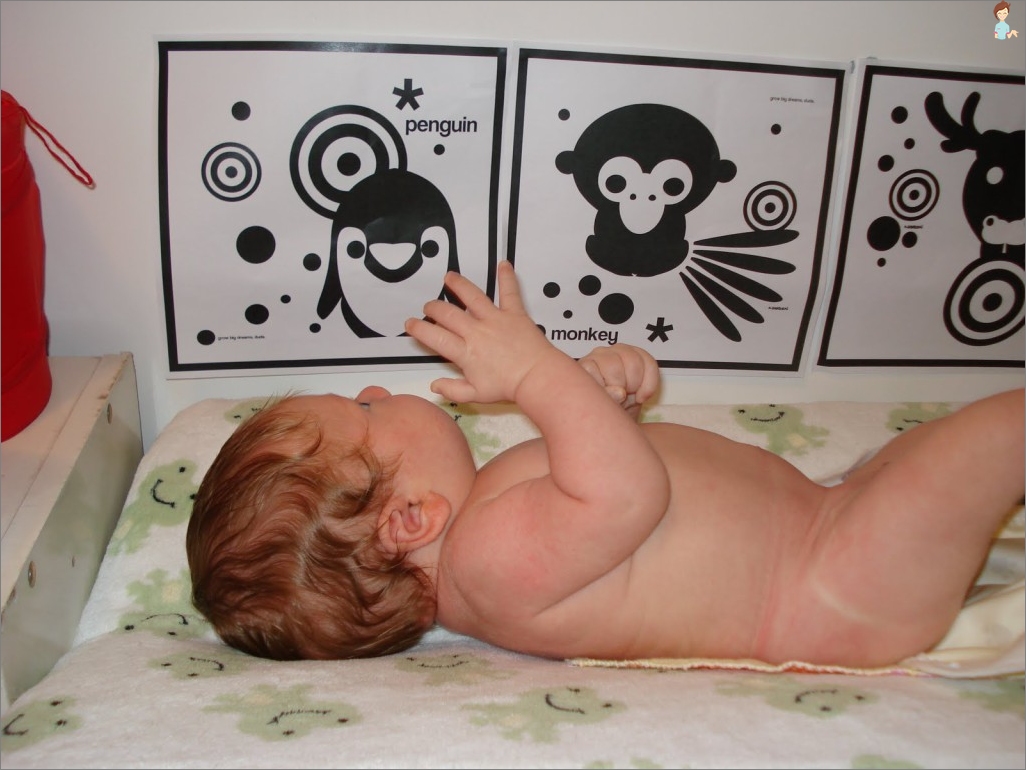
How to use black and white pictures for newborns – first games with pictures for children up to year
- Start with the easiest lines. Watch for clear black / white contrast.
- Change images once every 3 days.
- When manifest the baby interest in the picture Leave it for a longer time – Let Kroch study it.
- Pictures can be drawing manually on paper and hang up right in the crib, glue on the walls, fridge or big cubes. As an option – cards that can be alternately demonstrated to the baby, a contrast soft ball with black and white drawings, a developing rug, a book, a carousel with drawings, collages, etc.
- Show the crumb pictures, While walking with him around the apartment, feed or stack it on the tummy. Visually rich space (and constant stimulation of vision) has a direct connection with a calm bed.
- Do not show the crumb too many pictures immediately And watch the reaction. If he does not focus the look in the figure and does not show any interest to him – do not be discouraged (everything else).
- Distance from eye of a child to an image aged 10 days – 1.5 months – about 30 cm. Figure size – A4 format or even a quarter.
- From 4 months of image replace color, complex and «hygienically clean» – The baby will start dragging them into the mouth. Here you can already use high-quality toys with black and white drawings and cartoons for the smallest (motion of black and white lines and forms under the right music).
- And, of course, do not forget about such nuances of the development of visual perception, as Communication with baby at a distance of 30 cm, Contact with smiles and «Rozhits», Exercises with rattles (from side to side so that the baby follows her a look), new impressions (excursions around the apartment with a demonstration of all interesting items).
Black and white pictures for newborns: Draw or print – and play!
